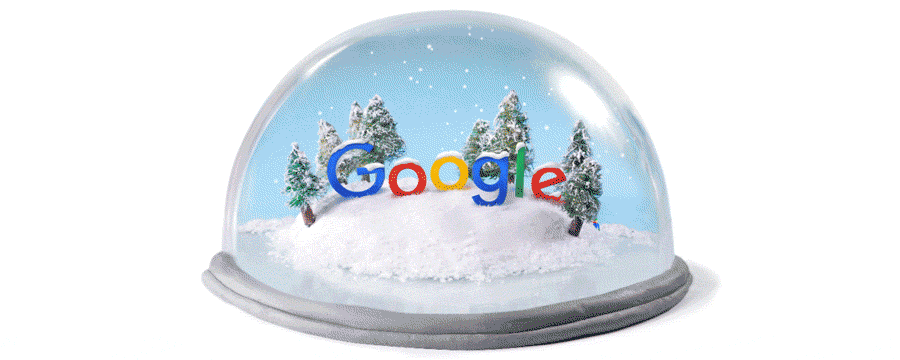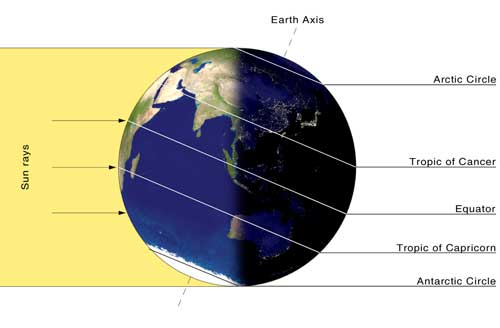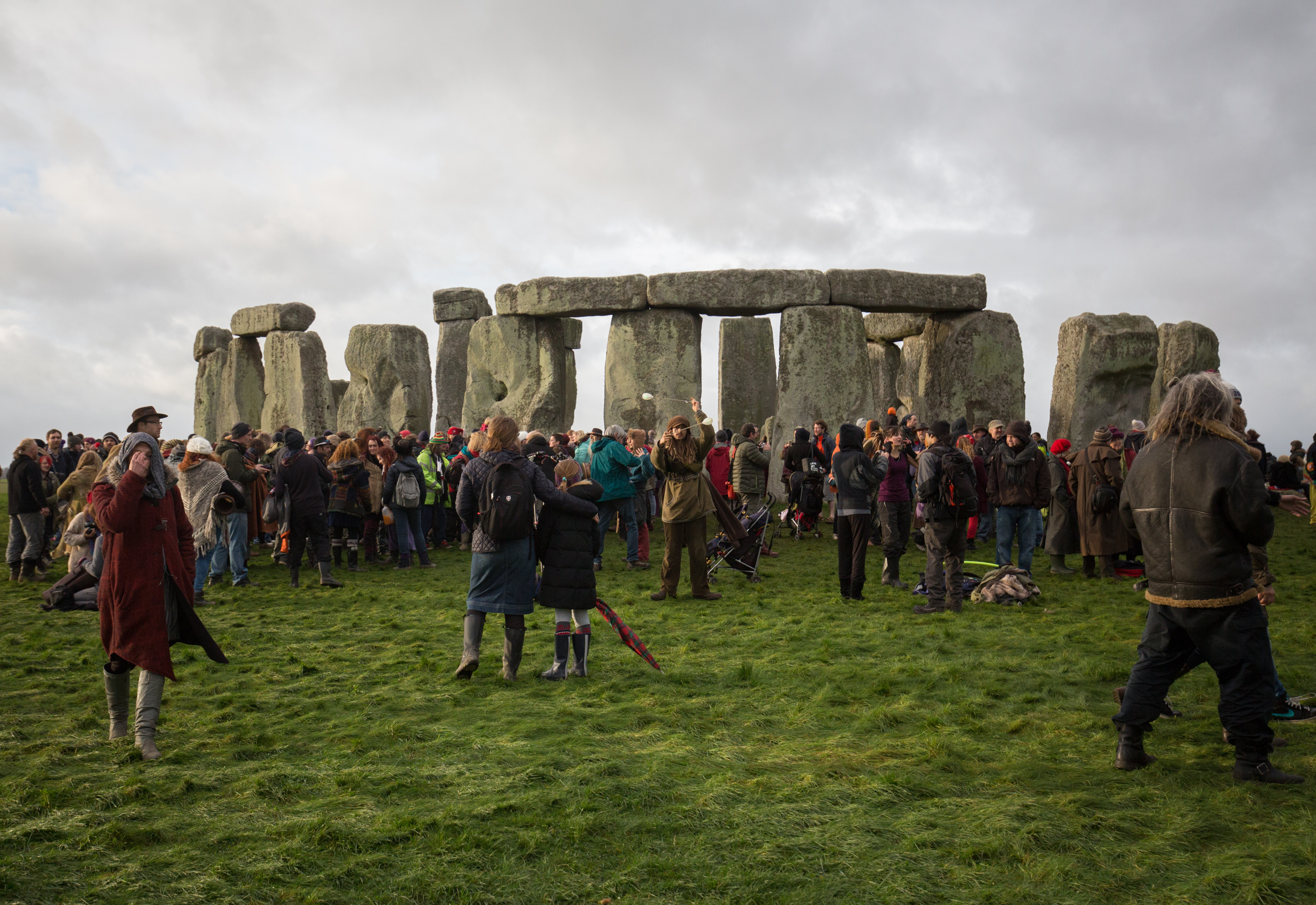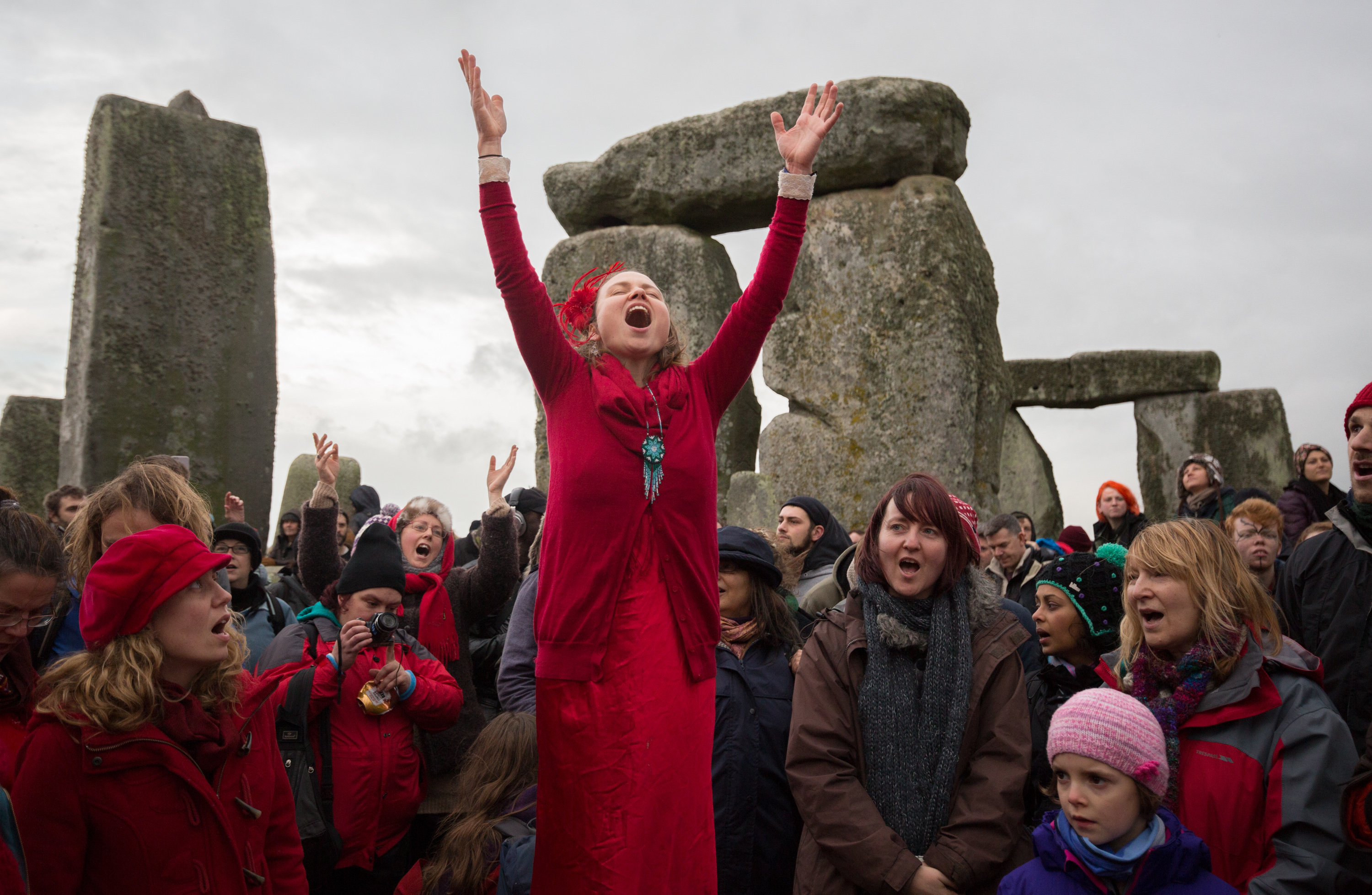
(Google)
The winter solstice, the shortest day of the year in the Northern Hemisphere, is being marked with a Google Doodle on December 22, 2015.
The solstice occurred Tuesday, December 22 at 4:48 UTC, which was Monday night in most of North America.
Here’s what you need to know about the winter solstice:
1. The Winter Solstice Is When the Sun Appears at Its Most Southerly Position

(NASA)
The winter solstice occurs when the sun appears at its most southerly position, directly overhead at the Tropif of Capricorn, according to NASA.
It is the longest day of the year in the Southern Hemisphere.
“Because the Earth is tilted, we experience seasons here on Earth. As the Earth moves around the sun, each hemisphere experiences winter when it is tilted away from the sun and summer when it is tilted toward the sun,” CNN senior meteorologist Dave Hennen said. “Scientists are not entirely sure how this occurred, but they think that billions of years ago, as the solar system was taking shape, the earth was subject to violent collisions that caused the axis to tilt.”
The solstice occurs on the same moment everywhere on Earth, but it is observed at 24 different times of day because of the world’s 24 timezones, according to National Geographic.
2. The Earliest Sunset of the Year Comes Before the Solstice
The winter solstice is not the earliest sunset of the year, as that comes a few days earlier, because the sun and human clocks don’t match up exactly, National Geographic says:
We’ve organized our days into precise 24-hour segments but the Earth doesn’t spin on its axis so precisely. So while the time from noon to noon is always exactly 24 hours the time between solar noons, the moment each day when the sun reaches its highest peak, varies. So as we move through the year the chronological time of the solar noon shifts seasonally—and so do each day’s sunrises and sunsets. During December, solar noons can be some 30 seconds longer than 24 hours apart. That means while the shortest amount of total daylight falls on the solstice the day’s sunset is actually a few minutes later on our clocks than it had been earlier in the month—because both sunrise and solar noon have also occurred later in that chronological day than they had in days earlier in December.
3. The Solstice Is Celebrated Each Year at Stonehenge in England

People walk around the outside of the stones as druids, pagans and revellers gather in the center of Stonehenge, hoping to see the sun rise, as they take part in a winter solstice ceremony at the ancient neolithic monument of Stonehenge near Amesbury on December 22, 2015. (Getty)
One of the most well known celebrations of the winter solstice occurs each year at Stonehenge in England. Druids, pagans and others gather each year to witness the sunrise.
“This is the dawn we’ve been waiting for, this is the dawn the ancients cared about so much,” Senior Druid King Arthur Pendragon told the BBC. “After this they knew the days were going to get longer and the return of hope and renewal.”
England Heritage told the BBC that Stonehenge is the site of the celebration because of its alignment with the sun.
“One of the most important and well-known features of Stonehenge is its alignment on the midwinter sunset-midsummer sunrise solstitial axis,” a spokesman for the organization said. “The midwinter sun sets between the two upright stones of the great trilithon. We do not know which solstice was more important to the users of Stonehenge, but several pieces of evidence suggest that midwinter was very important.”
4. Ancient Civilizations Celebrated the Solstice Around the World

Susie Ro Prater leads the Shakti Sings choir at Stonehenge. (Getty)
In addition to the Stonehenge ceremony, the winter solstice was celebrated by ancient civilizations in several other areas of the world, according to National Geographic.
Scandinavians celebrated Juul or Yule, a multi-day feast marking the sun god’s return.
The Dongzhi festival in China marked the time when winter’s darkness began to give way to light. It is still observed today, with families eating special foods.
5. Christmas Was Possibly Set on December 25 Because of Its Roots in a Solstice Celebration
Some historians believe Christmas is likely celebrated on December 25 because of its roots in a Roman solstice celebration. According to that theory, early Christians adopted the pagan celebration of Sol Invictus.
But that theory is not believed by every scholar, according to NPR.
“Early Christian writers never hint at any recent calendrical engineering; they clearly don’t think the date was chosen by the church. Rather they see the coincidence as a providential sign, as natural proof that God had selected Jesus over the false pagan gods,” Andrew McGowen said.